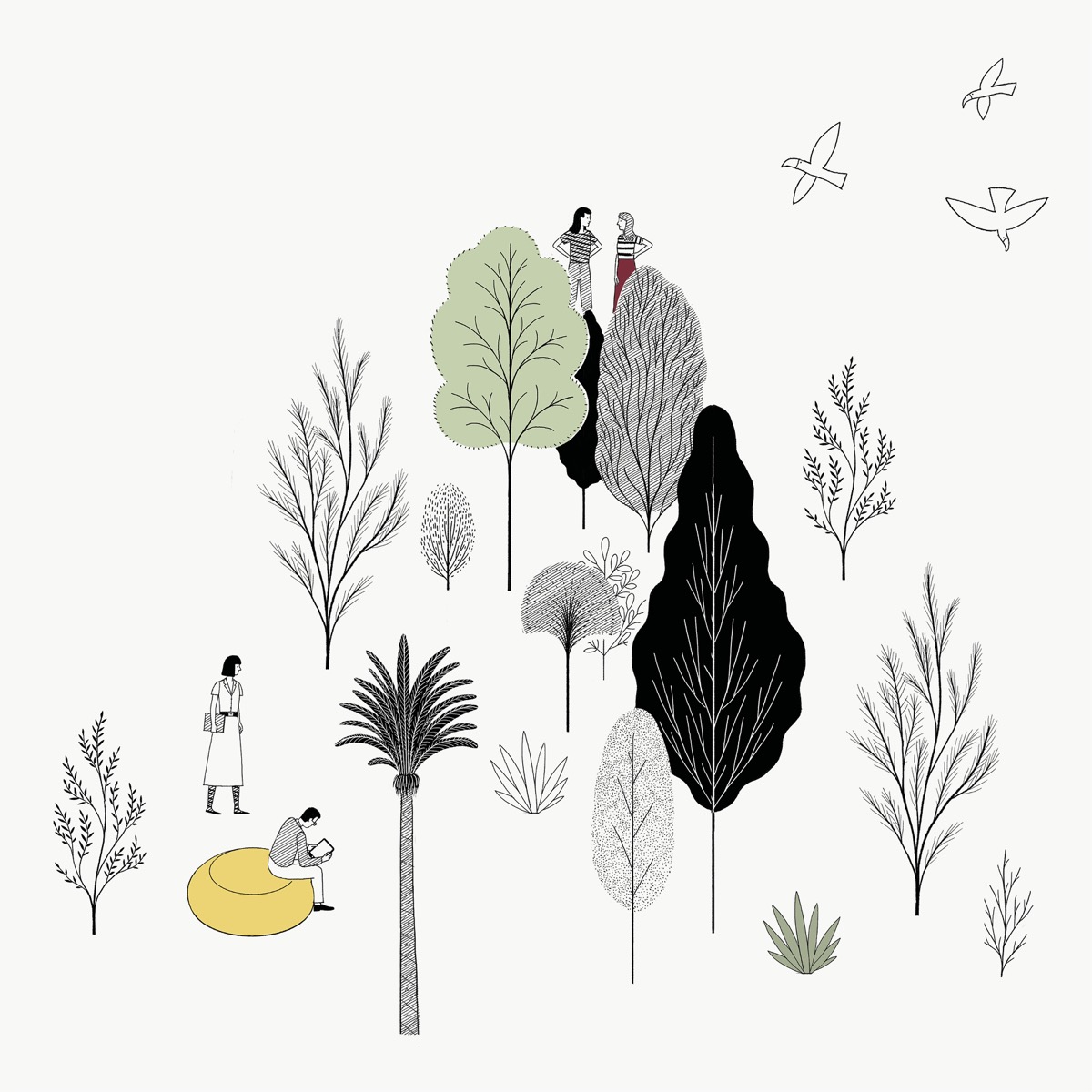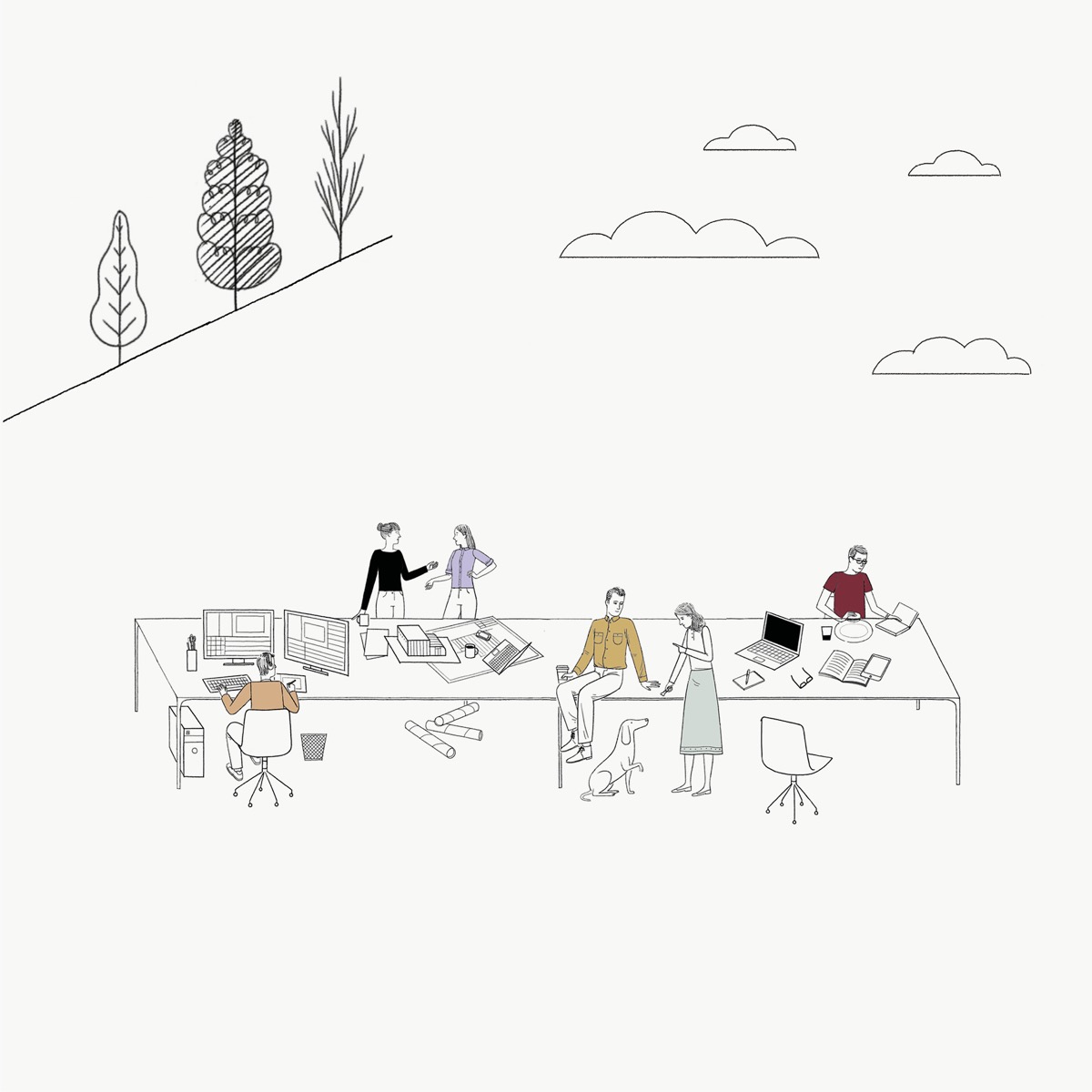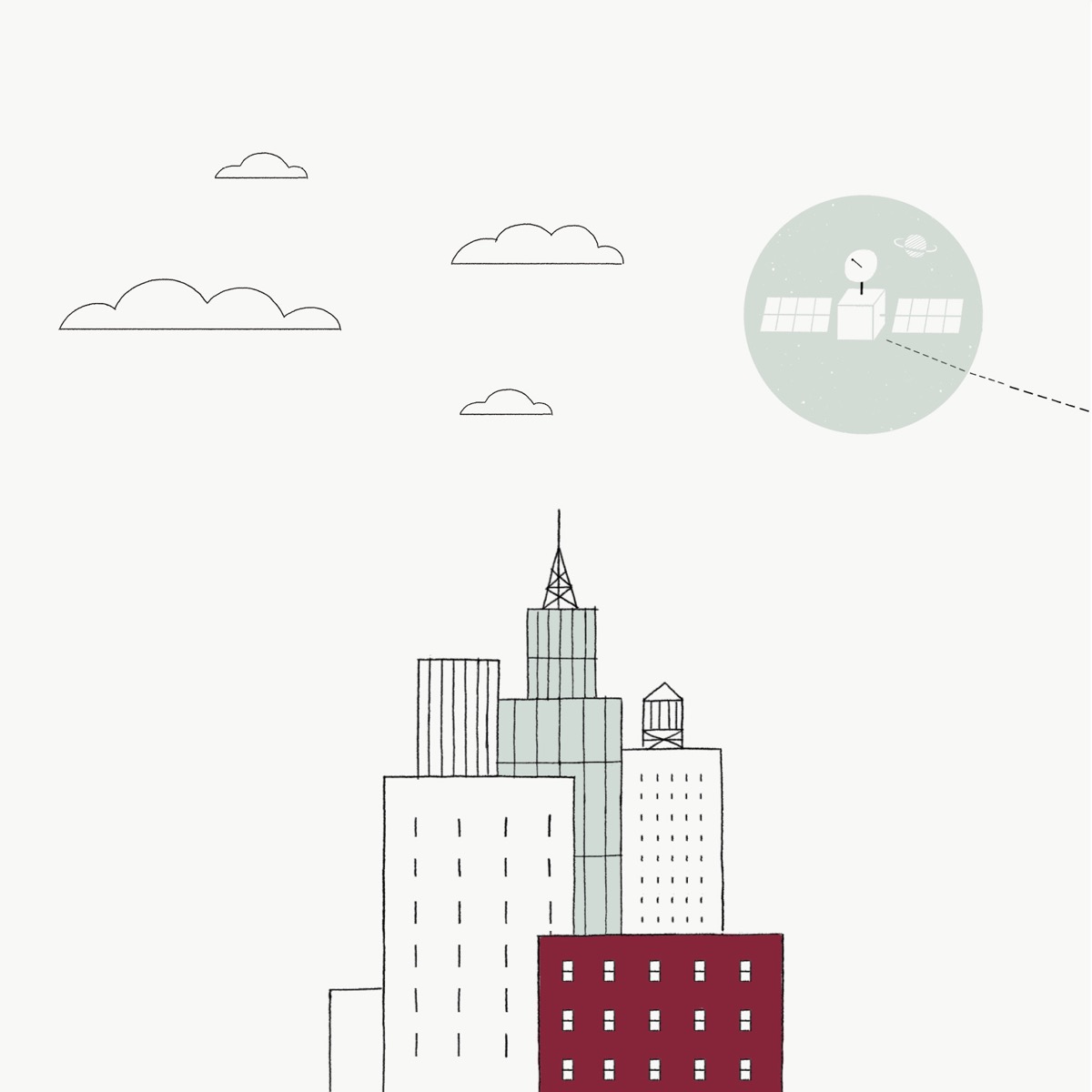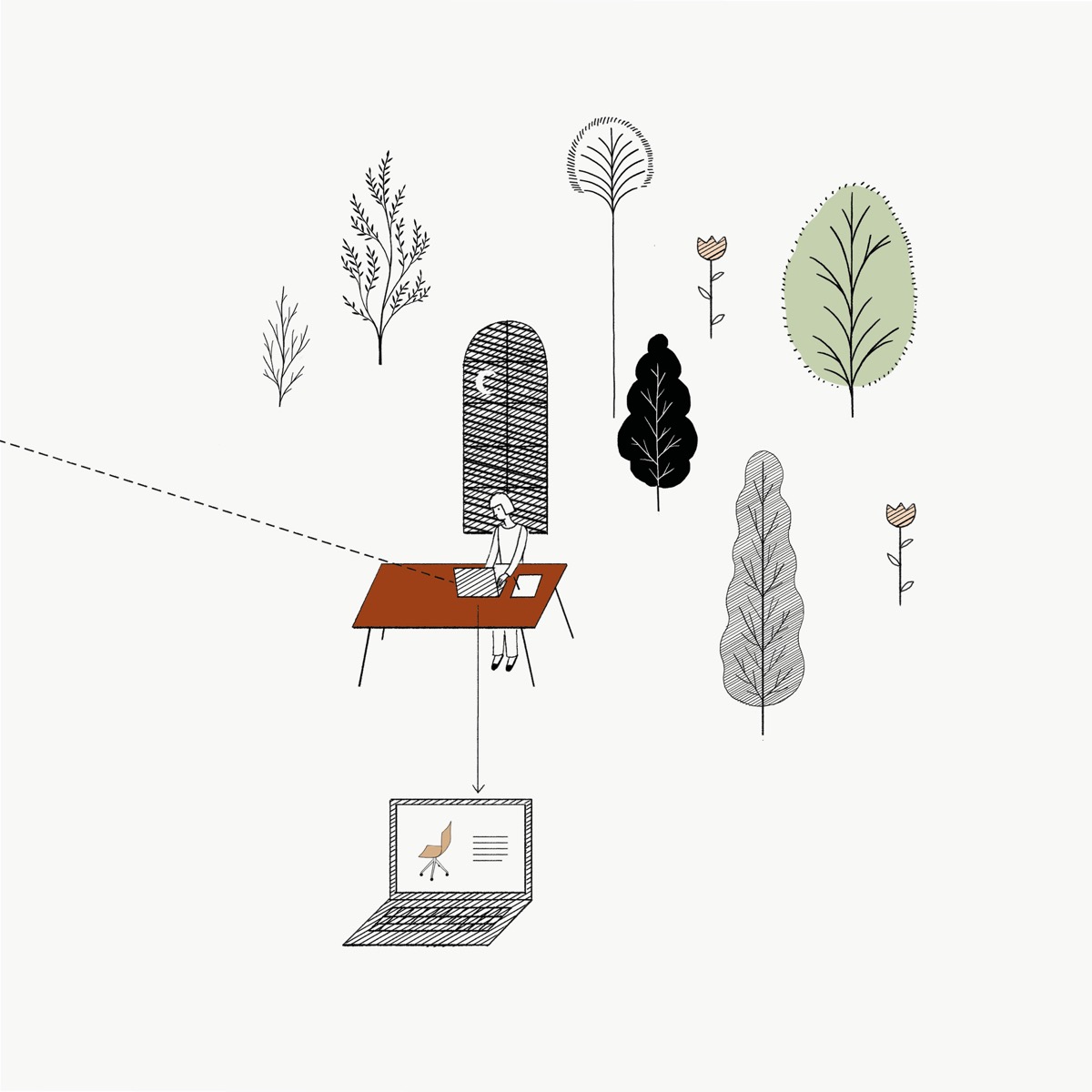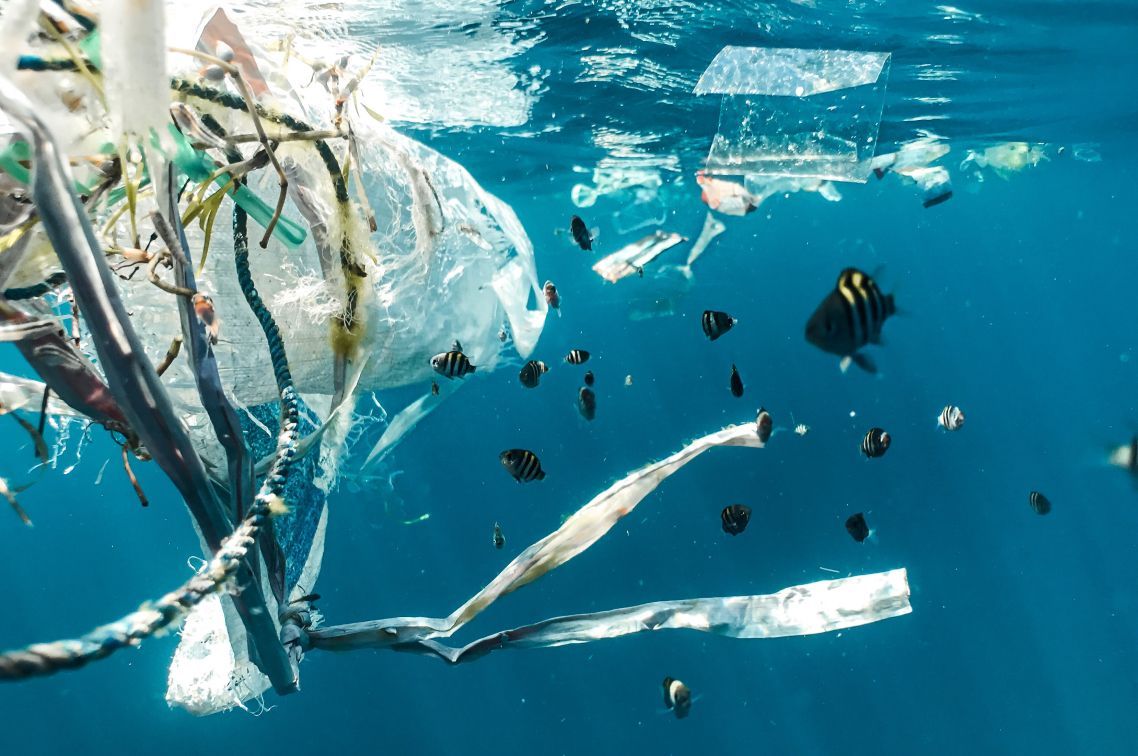
There is no doubt that the world is going through a difficult time right now, with war and conflict, global economic and financial crises, climate change and resource scarcity, social injustice, etc. What is urgently needed is a transformation The times of carefree production and consumption and unlimited economic growth seem to be over. Urgently needed is a transformation towards more sustainable production-consumption systems and sustainable solutions. These are solutions that provide socially meaningful benefits and improve quality of life, creating value and avoiding ecological damage, or even have positive impacts on the natural environment [see Ursula Tischner et al., How to do Ecodesign, 2015).
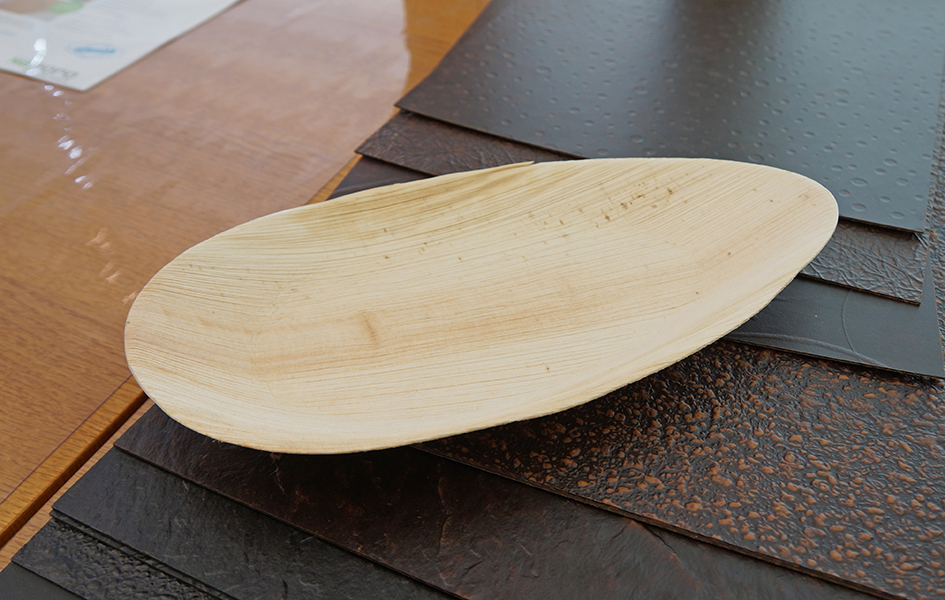

But with a little creativity, crises can become opportunities. And design can play an important role: the phase of product design and development is decisive for about 80% of environmental impact and production costs [see. W. Hopfenbeck, C. Jasch, Eco-Design, 1995). At various levels: from durability, repairability and recyclability with high customer loyalty and upscale prices for longer lasting products, to low-cost short-lived products where they are necessary and appropriate, with biodegradable raw materials or systems of return, collection and 100% recycling. Often it is also cost efficient to reduce material and energy consumption or waste in production. The same applies to the elimination of pollutants and thus risk minimization. Fair design and production ensure good social standards in production, fair distribution of value added along the production chain, and offerings that harm neither users nor stakeholders and tell a nice story. Such sustainability (design) strategies meanwhile are valued and asked for by investors, customers, consumers, politicians, and the public alike.
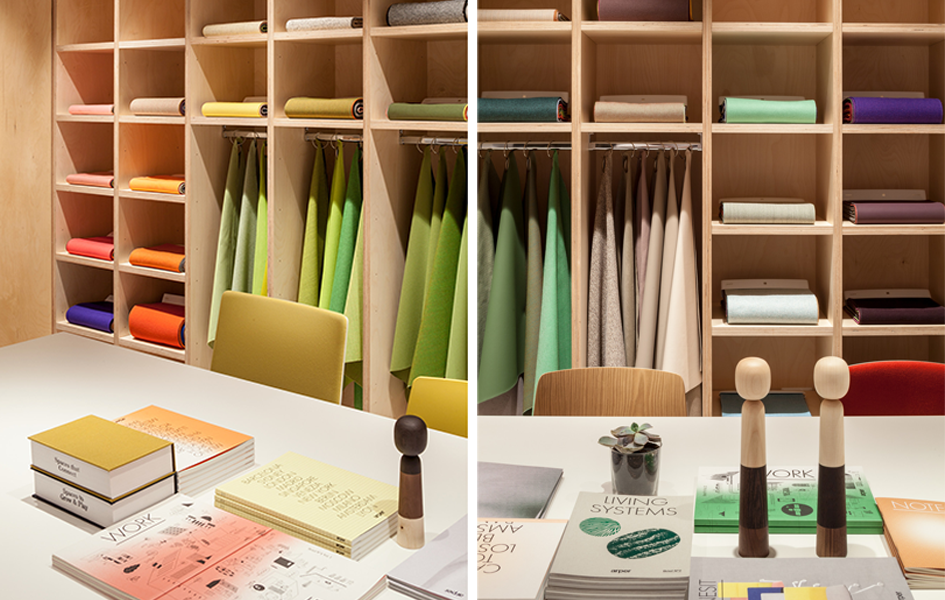

When it comes to furniture, unfortunately there are many companies out there at the moment that promise more than they deliver, and there are quite a few urban myths or assumptions about what is more sustainable, which are disproved by serious evaluations. Here are some clarifications on things that can be done to achieve greater sustainability.
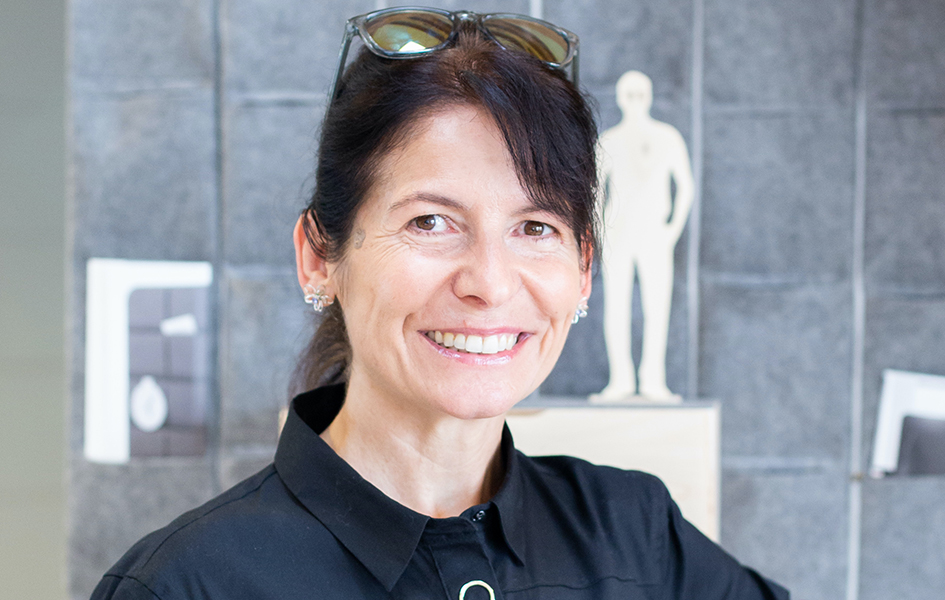

Select sustainable materials
Many preconceptions exist around the sustainability of materials. The truth is that paper is not necessarily more sustainable than plastics, even if politicians and NGOs push for phasing out single-use plastic products. Likewise, bioplastic is not necessarily more sustainable than mineral oil or gas based plastics, even if the term sounds more eco-friendly. In serious Life Cycle Assessment studies (LCAs) paper often has higher environmental impact than plastic across the entire life cycle. The same is true for bio-plastics like PLA (Poly Lactic Acid) made from corn as compared, for example, to PP (Polypropylene) or PE (Polyethylene). The big benefits of paper and bioplastics, if they are truly biodegradable, is that they degrade much faster when they end up in the environment than regular plastics that take hundreds of years to biodegrade and cause a lot of damage to ecosystems while doing so.
But if we can prevent our products from ending up in the environment, which normally is the case for furniture, then high quality conventional plastic materials might not be such a bad option. That is even truer for recycled plastic materials. In addition, there are other bio-based materials created from waste materials of agriculture, or fast growing plants like hemp, grasses or leaves, that do not create competition to food production and are harvested in a sustainable way. These might be much more interesting for furniture design than bio-plastics or cutting down full grown trees. Deforestation plays an important role in driving climate change.
Materials and LCA: the example of bags
To select the most sustainable materials for a specific product we should analyze the application, purpose, product system and lifecycle of the product and then compare and evaluate the suitable material options, for instance by using Life Cycle Assessment screening. For example: the screening LCA results of typical carrier bags made from virgin LDPE (Low Density Poly Ethylene), recycled LDPE, virgin paper, recycled paper and the bio-plastic material PLA shows the following results: the winner in the LCA study is clearly the plastic bag from recycled LDPE that is recycled again at the end of its life. Both paper alternatives and the bio-plastic bag cause far more negative environmental impacts.
Designing circularity from scratch
For long-lasting products such as furniture, it is very important to use a material that has the right durability, properties and aesthetics for the application and target groups, and can be re-used, repaired, refurbished and recycled at the end of its first period of use. That means we should plan for Circularity right from the beginning and not think about recycling only at the end, when the product is already designed and produced. Obviously, the design then needs to be circular too: ease of disassembly, repairability, exchangeability of parts, modularity, standardization of connections etc., and material efficiency is still a must. Since all of these transformation processes use energy, renewable energy sources should be preferred, otherwise the circular economy will still increase climate change. Also, toxic substances should be eliminated; otherwise they will accumulate in the recycled materials. Meanwhile, quite some furniture producers are exploring Urban Mining (the recovery of metals and useful resources from local industrial processes) and Upcycling, reutilizing already used products and components in the design of new furniture. Some furniture producers even use the existing furniture of their clients and integrate them into the design of the new pieces when equipping offices, schools, and public buildings.
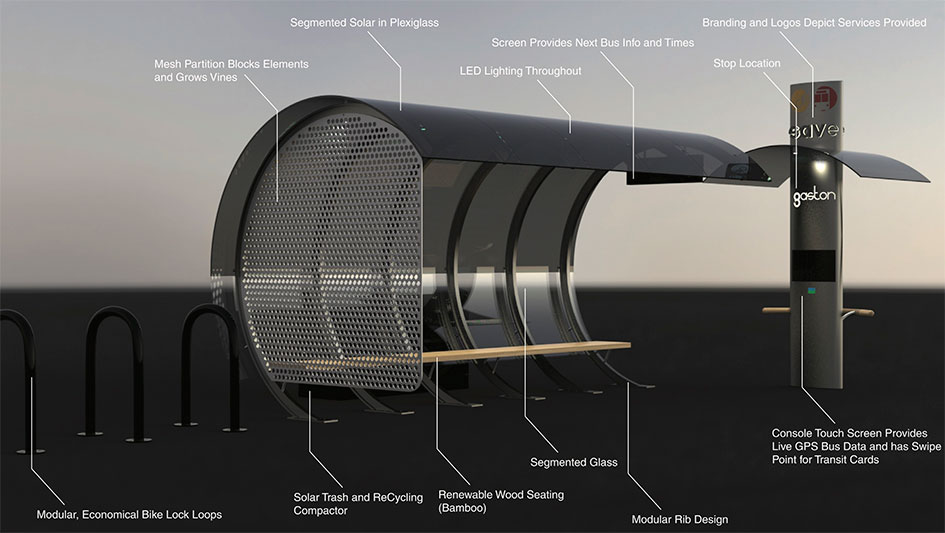

Net Zero CO2 emissions: first reduce, then compensate
Climate change can be fought on many fronts: by increasing energy efficiency, relying on renewable energy sources (wind, sun, water), producing more locally to reduce transport, reducing organic waste or using it in bio-gas plants, relying on climate-friendly materials, and so on. There is much to be done on a local level: many company buildings, roofing of parking lots or open spaces have yet to be used for solar or wind energy production. Wood waste can be used for energy or heat production. Transport can be reorganized to reduce environmental impact (not only in public transit, but also in practices of carpooling or car sharing). The remaining CO2 emissions can be compensated by investments in projects, such as reforestation or increasing energy efficiency elsewhere. However, it is essential to understand that the first step should be to minimize our own CO2 footprints before setting out to compensate the emissions that cannot be eliminated. It is also a myth that there are truly CO2 neutral materials, as even the materials that grow and absorb CO2 emissions (like wood) will go through harvesting, transport, cleaning, processing and other stages that consume energy, fuels, and additional materials.
Design for sustainability implies possible trade-offs and at times conflicting directions which make it essential for sustainability designers, product managers and decision makers in companies to base their decisions on serious evaluations, such as standardized qualitative sustainability assessments or (even better): Life Cycle Assessment, Circularity Assessment and Assessment of Social and Biodiversity Effects of their products and services. Meanwhile, there are online and software tools available that make it possible to conduct such evaluations in a relatively easy and time-efficient way. These should be used much more frequently in product design and decision-making processes inside companies. In any case, for the upcoming digital product passport suggested by the European Union, companies will have to gather this kind of knowledge and information. The sooner they start, the better. Once they have designed and developed more sustainable products and services, it will be the moment to tell positive stories – not the other way round.
